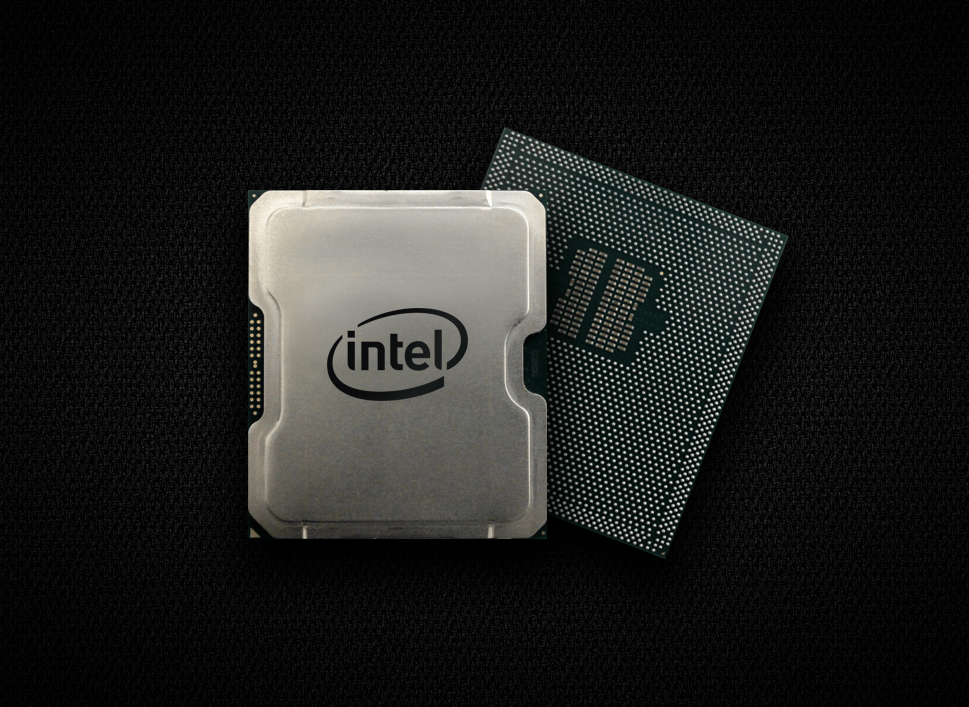VemigoAmigo
Posts: 130 +90
FX-9590 boosted to 5 GHz but yeahBulldozer was just a flat out bad design. Very low IPC, very high cache latencies, and just all around not well thought out architecture. Heck, if anything the fabs did a wonderous job, given AMD managed to get close to 5GHz on the thing despite its architectural problems.
Worlds first 5 GHz chip, sadly performance was terrible and AMD was hit with a lawsuit for faking core count on FX-8000/9000 series. FP and scheduler was shared.





